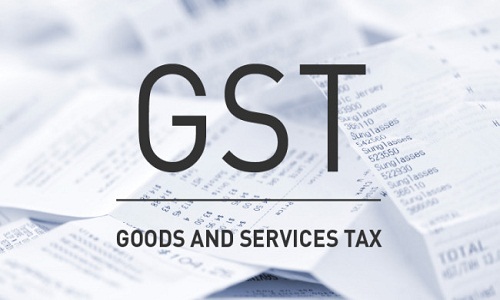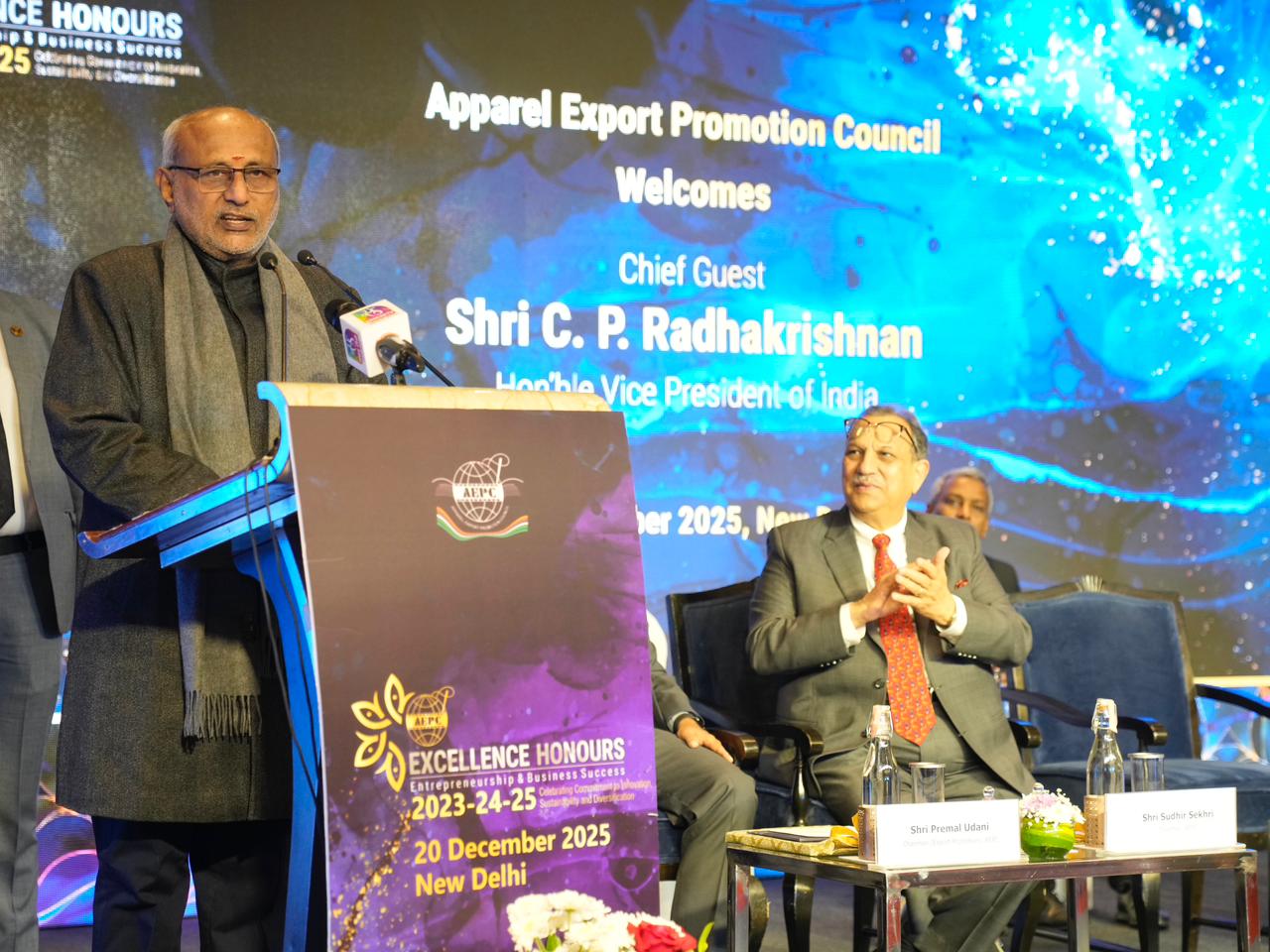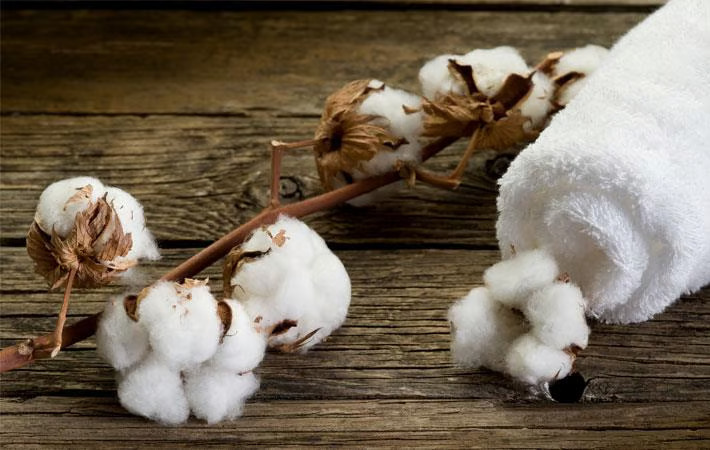FW
The demand for airbags yarn is expected to increase by five per cent annually over the next five years. Reason for the increased demand for airbag yarns is the global rise of road safety requirements. India has revised vehicle safety rules and regulations. The new version, which comes into force in 2017, demands greater occupant safety, particularly with regards to side and front impact. Compliance with these new safety rules and regulations can only be achieved with the installation of airbags.
The average volume of textile fibers and filaments in automobiles is around 30 kg; just under 19 per cent of this is airbag yarn. This opens up a highly-profitable growth market for industrial yarn manufacturers. Greater safety in vehicles is also a much-discussed topic in Latin America, which is having a positive impact on the airbag and safety belt manufacturing industry: two South Korean airbag producers have already announced investments in Central America.
To date, airbags have been predominantly manufactured using polyamide 6.6 yarns. However, there is a noticeable trend towards polyester. Industrial yarn producers are increasingly perceiving the airbag yarn segment as a growth market. To this end, four projects for manufacturing airbag yarns from polyamide 6.6 and polyester supplied by systems builder Oerlikon Barmag have been successfully commissioned in the past 12 months alone.
With a pledge to provide 24,450 of its employees access to affordably priced basic household food and health items through its Bandhan Fair Price shops, Garment manufacturer DBL Group has joined the Business Call to Action (BCtA). Launched in 2008, the BCtA aims to accelerate progress towards Sustainable Development Goals (SDGs) by challenging companies to develop inclusive business models that engage people with less than $8 per day in purchasing power as consumers, producers, suppliers and distributors. It is supported by several international organisations and hosted by the United Nations Development Programme (UNDP).
Accessibility to affordable basic necessities has been a major concern in Kashimpur and Gazipur, Bangladesh, where nearly 7,000 DBL Group employees live and work. Established in 1991, the DBL Group supplies quality garments to global retailers such as H&M and Puma. The remote locations of DBL’s new factories and lack of shops in these areas has made it difficult for workers to access items their families need at affordable prices.
The financial crisis of 2008 further increased the prices of basic goods making them out of reach for many of the company’s workers. Women’s lack of access to affordable feminine hygiene products resulted in high absenteeism and decreased their job satisfaction and productivity.DBL responded by launching its first Bandhan Fair Price shop offering basic necessities at subsidised prices to its employees. With the success of first Bandhan shop, five DBL manufacturing complexes established their own Fair Price shops that benefitted nearly 24,450 employees and their families. These shops’ 370 items from recognized international and local brands include food, cooking oil, toiletries, home supplies and beverages. They also include sanitary napkins, which are sold at over 70 percent less than the average market price.
"Consolidation of taxes under GST is expected to help create a level-playing field for bigger textile manufacturers. But smaller or unorganised players will not be able to use some of the current practices to keep themselves competitive."

Consolidation of taxes under GST is expected to help create a level-playing field for bigger textile manufacturers. But smaller or unorganised players will not be able to use some of the current practices to keep themselves competitive.
The textile sector is one of the largest contributors to India’s exports, accounting for approximately 11 per cent of total outbound shipments. India’s overall textile exports during FY 2015-2016 stood at 40 billion dollars and the industry size is expected to reach 223 billion dollars by 2021. 
Most textile products are likely to be either exempted or taxed at a lower rate. However, even at the merit rate of 12 per cent tax would be higher than the prevailing VAT rate of four to six per cent across various states. Since exports under GST would be zero rated, this would give a competitive boost to textile exports from India, which is facing stiff competition from Bangladesh, Pakistan etc.
As petroleum products (diesel used in running generators or machinery) are likely to be outside GST purview, at least in the initial years, inputs will continue to be non-creditable. Since a majority of textile units are in the medium and small segment, ease of compliance would be a major relief.
The Sustainable Apparel Coalition (SAC), a global industry coalition that is standardizing social and environmental sustainability performance measurement, has launched the Higg Index Design and Development Module (DDM). The DDM empowers product designers and developers to make sustainable choices at the earliest stage of apparel, footwear and textile prototype design.
Designers have the freedom to minimize eventual environmental impacts of the finished product at the earliest stage of the design process. The data collected through the said DDM which replaces Higg’s Beta Rapid Design Module, helps steer them toward selecting lower impact materials using more efficient construction techniques and considering the complete life cycle of the product.
After completing a simple product assessment, the DDM provides members with a single design score making it easy to compare design concepts and make quick decisions before production. The said DDM provides useful benchmarking and analytics that allow users to compare products or defined groups of products to each other, to company averages, and to industry averages.
Using the DDM encourages continuous improvement by teaching designers and developers where they have a maximum control over the impact and by giving rapid feedback on how to improve their score. The Higg Product Tools include the Material Sustainability Index (MSI) Contributor, the Higg MSI, and now the Higg DDM. Each tool help measure product environmental performance at different stages within the product development cycle, from initial prototype to sourcing raw materials to final design.
Throughout the campaign season, President-elect Donald Trump used to frequently criticize the US trade policy, pledging that he would rip up the North American Free Trade Agreement and slap high tariffs on goods coming to the US from China and Mexico. But his statements were not especially specific and it fueled a fair amount of uncertainty for the retail industry which relies heavily on imported goods to fill store shelves.
And since his surprise win, Trump hasn’t backed off this kind of rhetoric. Most recently, issuing a series of tweets, he said that companies that move jobs overseas will be subject to a 35 per cent levy. Now, retailers are largely waiting-and-watching as they are trying to figure out how or whether Trump’s decrees will translate into real-world policy.
Hun Quach, VP of International Trade at the Retail Industry Leaders Association, says from their perspective, the 35 per cent tariff is worrisome. This is because their foremost priority was their consumers. He further said he wants to make sure that goods are being sold to their customers at the price they want to pay. If retailers suddenly had to pay much higher taxes on the goods they sell, they’d have to find a way to offset those costs. And that might come in the form of higher prices for shoppers.
Experts say that Trump’s tweets seemed to suggest that he seeks to implement a 35 per cent tariff on companies that move jobs overseas in the future. And so for industries such as the apparel and footwear industry, that specific policy might not be terribly meaningful.
Schoch a Swiss reed maker based in Italy has launched a new range of reeds which offer significant savings in energy cost for textile mills. The energy saving reeds are meant to help weavers save air on air jet machines. More than 100 airjet machines have been converted in favor of energy saving reeds.
Schoch’s India chapter began when the company collaborated with the Italian shirting giant Tessitura Monti in 2009. When the company decided to spread its wings, India became the choice for its second plant outside Italy. A state-of-the-art manufacturing facility at Kolhapur in Maharashtra was established in 2009. The plant is equipped with the same European machines installed in Italy. Raw materials too are imported from Italy in order to maintain quality standards. A 50-member team caters to the requirement of reeds in domestic and international markets.
The facility manufactures reeds that have been installed in various textile mills and manufacturing units such as Arvind, Kanchan Denim, Bhaskar Denim, among others. An exclusive department for after sales activities like reed reconditioning, ultrasonic cleaning and airflow resetting has been set up to offer expertise and execute any reed-related requirement. Sales are increasing by 20 per cent every year. The turnover is Rs 15 crores a year.
Pakistan and Argentina want closer business ties. In financial year 2015-16, Pakistan’s export to Argentina was around $52 million as against exports of $44 million in the previous year, an increase of 17 per cent. Pakistan's imports from Argentina rose 37 per cent compared to the same period last year.
Pakistan wants like farmers from Argentina to invest in the agriculture sector in Pakistan, share know-how on how to improve yields and also assist in improving the irrigation, which would result in more yields and less water consumption. The countries are examining the possibility of sending Pakistani farmers to Argentina so that they could learn from Argentinian expertise and improve their skills.
The countries will promote trade, commerce and economic cooperation, foster and organize trade and investment delegations, trade fairs, exhibitions, seminars and meetings etc. Argentina imports 60 per cent of its textile needs and the remaining 40 per cent are produced locally. Its textile clothing imports witnessed an upsurge of 27 per cent in the first quarter of 2016, which is an opportunity for Pakistani textile producers to benefit from the situation.
Pakistan exports various products including textile products, clothing, sports and leather goods to Argentina.
Nandan Denim which began with a six million-meter annual capacity in 2004 now crafts 110 million meters of fashion fabrics. The company is in the process of initiating internal projects that are woven around bringing efficiencies in quality, delivery and waste control.
Nandan has added yarn dyed/solid fabrics. In the last five years, the company is managing a strong CAGR of 20 per cent in sales and 36 per cent in net profit. Nandan Denim plans to create a portfolio of hybrid brands straddling consumer segments and price points.
Nandan Denim aims to achieve cost optimization and benchmarking efficiency at its manufacturing units. Another priority is fabric innovation. It is also well-positioned to capitalise on the soaring export demand. The fully integrated manufacturing facility caters to the needs of customers by providing a variety of products under a single roof. The hope is that the on-going expansion in denim fabric capacity and backward integration will better operating margins and return ratios.
In future Nandan is looking to increase its share of value-added products and adding more processing facilities coupled with innovative and fashion first products. This will enable it to manufacture a wide range of denim fabrics, fetching higher average realisations and profitability.
Due to subdued arrivals, cotton prices are ruling high on subdued arrivals across the country. Lack of demand in apparels industry has impacted arrivals and although farmers are getting high prices, they are preferring to hold back because of the currency shortage.
Although the country has contracted some 6 lakh bales for export to countries like Bangladesh and Vietnam, traders are finding it difficult to meet contractual obligations because there is no cotton in the market, MM Chokalingam, Director, Marketing, Cotton Corporation of India (CCI) claimed. According to him, prices are playing in the range of Rs 5,200 per quintal while minimum support prices are priced at Rs. 4,160 per quintal. This is because some traders are still offering old currency notes to farmers. Some clarity will emerge by the month-end once the currency issue closes. Till then, prices will continue to remain high. India is the world’s largest producer of cotton and also the second largest exporter. The present cash crunch is leading to delays in sales of cotton and is creating shortages in the domestic market as well as reducing supplies to the global market, the International Cotton Advisory Committee (ICAC) said in its latest report.
Chokalingam says cotton arrivals are presently in the range of 1.20 lakh bales across the country on a daily basis. Given existing cotton prices, there is little need for the Corporation to go in for MSP operations. International rates are higher by 4-6 cents than the domestic market, but traders do not stand to gain since they are unable to supply cotton as per the contract.
Last year, Pakistan turned out to be the biggest importer having exported some 20 lakh bales from India. This time, however, because of border tensions, cotton export to the country has been affected, industry people maintained.
Bangladesh has contracted some 2 lakh bales, China the same amount while Vietnam could import some 1 lakh bales from India. Concerns were expressed in the industry that the supply crunch had driven up prices higher than international prices and since the traders are unable to meet obligations, buyers could look to other markets.
India is the world’s largest producer of cotton and also the second largest exporter. The present cash crunch is leading to delays in sales of cotton and is creating shortages in the domestic market as well as reducing supplies to the global market, the International Cotton Advisory Committee (ICAC) said in its latest report.
As the deadline of the World Trade Organization approaches on December 11, it is likely that European goods made with parts and materials imported from China would see an escalation in prices. On that day, the European Union could grant China ‘market economy status’ making it harder under WTO rules for the EU to protect its industries from what it deems as unfair trade practices by Beijing.
Or, it may so happen that the EU could draft new trade rules that do away with the distinction between market and non-market economies that the bloc has used in the past. The odds are against China getting the market title by the deadline, it is understood.
Based on a proposal made public last month, the European Commission, the EU’s executive arm, aims to tighten its rules against foreign-government subsidies and dumping or exporting products at below domestic prices. A new slate of European rules is likely to punish those that benefit from Chinese subsidies and discourage Chinese companies from dumping.












